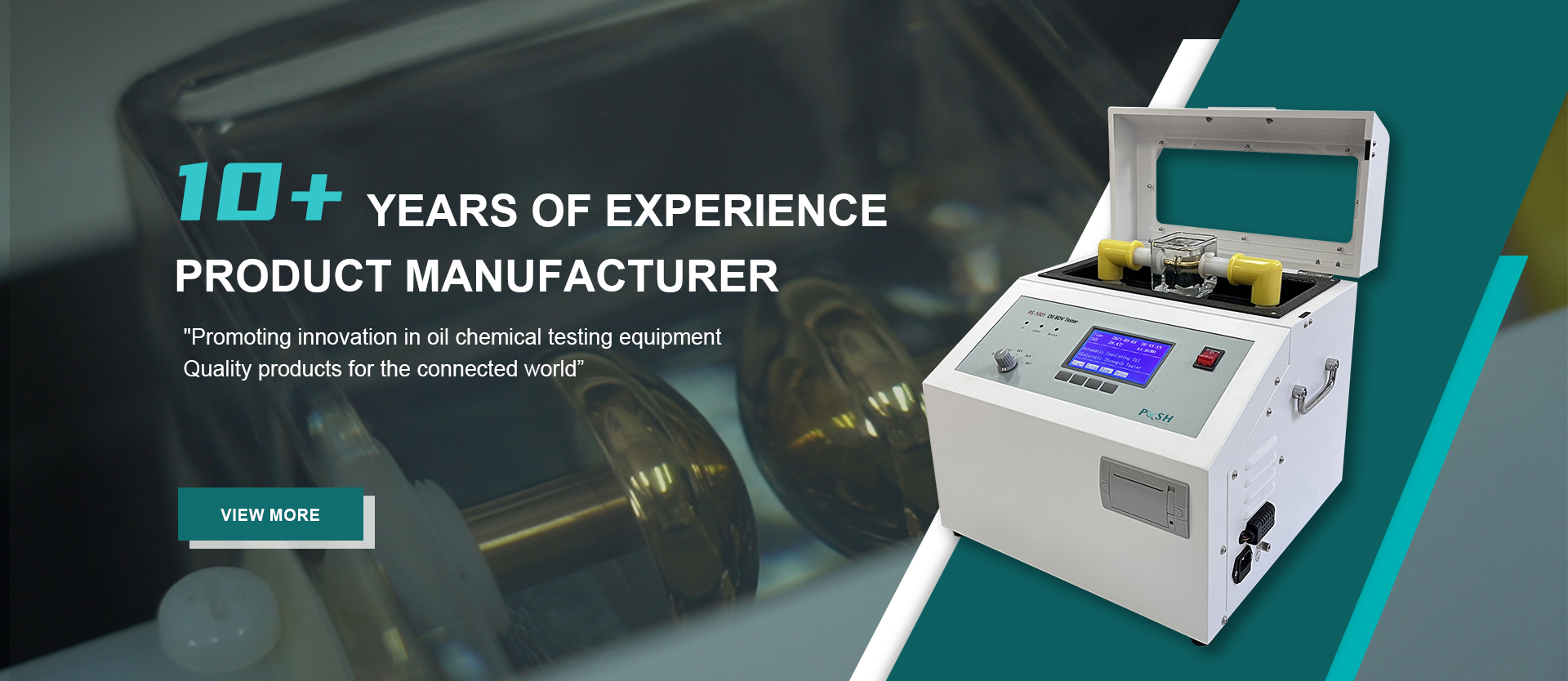 English
English



-
 Afrikaans
Afrikaans -
 Albanian
Albanian -
 Amharic
Amharic -
 Arabic
Arabic -
 Armenian
Armenian -
 Azerbaijani
Azerbaijani -
 Basque
Basque -
 Belarusian
Belarusian -
 Bengali
Bengali -
 Bosnian
Bosnian -
 Bulgarian
Bulgarian -
 Catalan
Catalan -
 Cebuano
Cebuano -
 China
China -
 China (Taiwan)
China (Taiwan) -
 Corsican
Corsican -
 Croatian
Croatian -
 Czech
Czech -
 Danish
Danish -
 Dutch
Dutch -
 English
English -
 Esperanto
Esperanto -
 Estonian
Estonian -
 Finnish
Finnish -
 French
French -
 Frisian
Frisian -
 Galician
Galician -
 Georgian
Georgian -
 German
German -
 Greek
Greek -
 Gujarati
Gujarati -
 Haitian Creole
Haitian Creole -
 hausa
hausa -
 hawaiian
hawaiian -
 Hebrew
Hebrew -
 Hindi
Hindi -
 Miao
Miao -
 Hungarian
Hungarian -
 Icelandic
Icelandic -
 igbo
igbo -
 Indonesian
Indonesian -
 irish
irish -
 Italian
Italian -
 Japanese
Japanese -
 Javanese
Javanese -
 Kannada
Kannada -
 kazakh
kazakh -
 Khmer
Khmer -
 Rwandese
Rwandese -
 Korean
Korean -
 Kurdish
Kurdish -
 Kyrgyz
Kyrgyz -
 Lao
Lao -
 Latin
Latin -
 Latvian
Latvian -
 Lithuanian
Lithuanian -
 Luxembourgish
Luxembourgish -
 Macedonian
Macedonian -
 Malgashi
Malgashi -
 Malay
Malay -
 Malayalam
Malayalam -
 Maltese
Maltese -
 Maori
Maori -
 Marathi
Marathi -
 Mongolian
Mongolian -
 Myanmar
Myanmar -
 Nepali
Nepali -
 Norwegian
Norwegian -
 Norwegian
Norwegian -
 Occitan
Occitan -
 Pashto
Pashto -
 Persian
Persian -
 Polish
Polish -
 Portuguese
Portuguese -
 Punjabi
Punjabi -
 Romanian
Romanian -
 Russian
Russian -
 Samoan
Samoan -
 Scottish Gaelic
Scottish Gaelic -
 Serbian
Serbian -
 Sesotho
Sesotho -
 Shona
Shona -
 Sindhi
Sindhi -
 Sinhala
Sinhala -
 Slovak
Slovak -
 Slovenian
Slovenian -
 Somali
Somali -
 Spanish
Spanish -
 Sundanese
Sundanese -
 Swahili
Swahili -
 Swedish
Swedish -
 Tagalog
Tagalog -
 Tajik
Tajik -
 Tamil
Tamil -
 Tatar
Tatar -
 Telugu
Telugu -
 Thai
Thai -
 Turkish
Turkish -
 Turkmen
Turkmen -
 Ukrainian
Ukrainian -
 Urdu
Urdu -
 Uighur
Uighur -
 Uzbek
Uzbek -
 Vietnamese
Vietnamese -
 Welsh
Welsh -
 Bantu
Bantu -
 Yiddish
Yiddish -
 Yoruba
Yoruba -
 Zulu
Zulu
power transformer testing and commissioning
Power Transformer Testing and Commissioning Ensuring Reliability and Efficiency
Power transformers are crucial components in electrical power systems, serving to transfer electrical energy between circuits while altering voltage levels. Their reliability and efficiency are essential for the smooth operation of electrical grids. Testing and commissioning of power transformers are vital processes that ensure their optimal performance and safeguard against potential failures.
Importance of Testing and Commissioning
Testing and commissioning are critical steps in the lifecycle of a power transformer. These processes occur after manufacturing and prior to the transformer being put into service. The primary goal is to identify any defects or issues that could lead to operational failures, which can have severe economic and safety implications for any power utility.
The testing phase encompasses a series of evaluations that verify the transformer's operational integrity. Commissioning, on the other hand, involves integrating the transformer into the existing power infrastructure and ensuring that it operates within the specified parameters. Together, these processes mitigate risks and enhance the longevity of the transformer.
Testing Procedures
Multiple tests are conducted to ensure the reliability of power transformers
1. Insulation Resistance Testing This test evaluates the quality of the insulation material used in the transformer. A high insulation resistance indicates that the transformer can operate efficiently without the risk of leakage currents that can cause failures.
2. Turns Ratio Testing This ensures that the turns ratio between the primary and secondary windings is within the specified limits. A correct turns ratio is essential for maintaining voltage levels and efficient energy transfer.
3. Power Factor Testing This measures the dielectric losses in the transformer's insulation system. By determining the power factor, engineers can assess the insulation's condition and predict its lifespan.
power transformer testing and commissioning

4. Sweep Frequency Response Analysis (FRA) FRA helps assess the mechanical stability of the transformer during operation. It identifies displacements in the windings and other structural defects.
5. Harmonic Analysis This test scrutinizes the effects of harmonics on the transformer's performance. Higher harmonic levels can lead to overheating and inefficiencies, affecting the overall system performance.
Commissioning Procedures
Once testing is completed, the commissioning process begins. It generally includes the following steps
- Visual Inspection Engineers perform a thorough inspection of the transformer's physical condition, looking for any visible signs of damage or flaws.
- Functionality Tests All control systems and ancillary equipment must be tested to ensure they operate smoothly and interact correctly with the transformer.
- Electrical and Thermal Tests These tests involve the evaluation of electrical parameters under different load conditions. Thermal imaging can also be employed to identify any areas of overheating.
- Integration with the Grid Finally, the transformer must be connected to the power network, tested under operational conditions, and monitored to verify that all systems function as expected.
Conclusion
The testing and commissioning of power transformers are indispensable processes that ensure the reliability, efficiency, and longevity of these critical components in electrical systems. By adhering to meticulous testing protocols and comprehensive commissioning practices, utilities can significantly reduce the risk of transformer failures, thereby maintaining a stable and effective power supply. This not only enhances operational efficiency but also reinforces the overall integrity of the power grid, ultimately supporting the energy needs of society.
-
Ensuring SF₆ Gas Safety: Introducing PUSH’s Integrated SF₆ Analyzer for Dew Point, Purity, and Decomposition MonitoringNewsJul.10,2025
-
Exploring the Main Types of Industrial Endoscopes and Their Applications Across IndustriesNewsJul.04,2025
-
Testing Equipment Industry Sees Major Advancements in 2025: Smart & Precision Technologies Lead the WayNewsJun.06,2025
-
Applications of Direct Current Generators in Renewable Energy SystemsNewsJun.05,2025
-
Hipot Tester Calibration and Accuracy GuidelinesNewsJun.05,2025
-
Digital Circuit Breaker Analyzer Features and BenefitsNewsJun.05,2025



